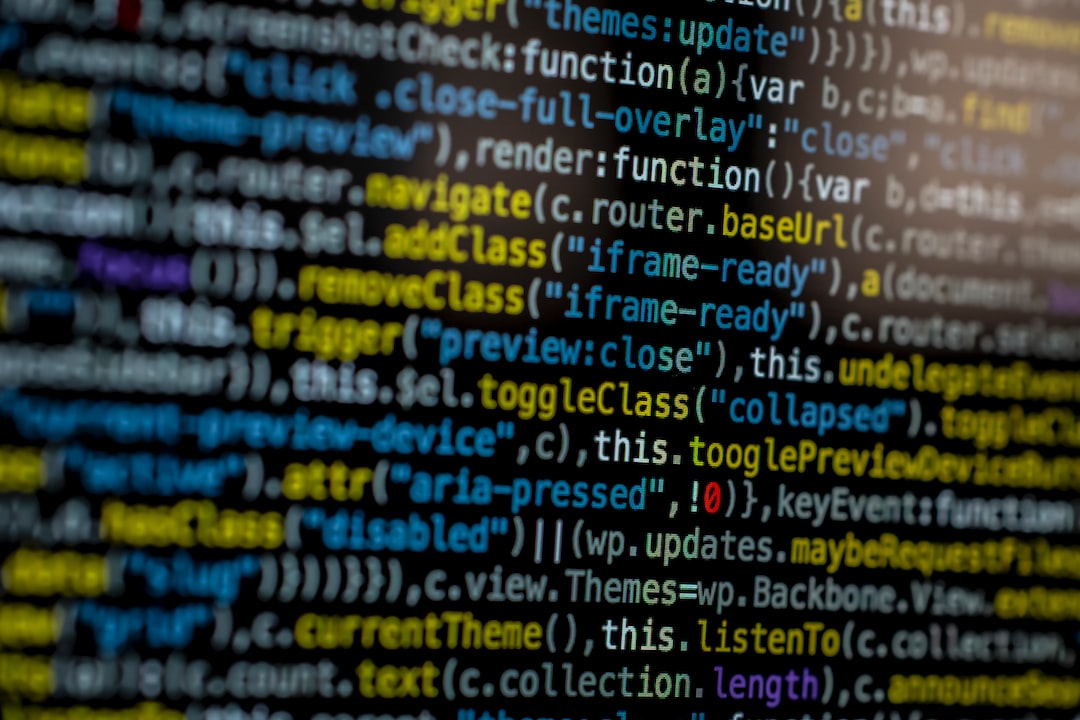The Intersection of Manufacturing and Artificial Intelligence: Opportunities and Challenges
In recent years, the integration of artificial intelligence (AI) into various sectors has opened up new avenues for innovation. One sector that has witnessed significant growth due to AI advancements is manufacturing. The intersection of manufacturing and AI presents a multitude of opportunities, along with some challenges. In this blog post, we will explore these opportunities and challenges and discuss how they can shape the future of the manufacturing industry.
Opportunities:
1. Enhanced Automation: AI has the potential to revolutionize the manufacturing industry by automating tasks that were once performed by humans. This allows for increased efficiency, reduced costs, and improved overall productivity. From assembly line operations to quality control, AI-powered robots and machines can perform tasks with precision and accuracy, reducing errors and waste.
2. Predictive Maintenance: AI can significantly improve maintenance practices in manufacturing. By combining data from sensors and machines with AI algorithms, manufacturers can accurately predict machine failures, identify maintenance requirements, and schedule repairs before breakdowns occur. This proactive approach helps minimize downtime, increase productivity, and optimize maintenance costs.
3. Intelligent Supply Chain Management: With the help of AI, manufacturers can optimize their supply chain operations. AI algorithms can analyze historical data, predict demand fluctuations, and enable real-time inventory management, reducing inventory carrying costs and ensuring timely deliveries. Furthermore, AI can help identify alternative suppliers, improve logistics, and enable just-in-time manufacturing, resulting in increased competitiveness.
4. Quality Control and Inspection: Defective products can have serious implications for manufacturers, including customer dissatisfaction, wasted resources, and rework costs. AI-powered systems can perform real-time quality inspections, identifying potential defects and anomalies with greater accuracy and speed than human operators. This can save manufacturers both time and money, while ensuring consistent product quality and customer satisfaction.
5. Workforce Augmentation: Contrary to the common perception that AI will replace human workers, the integration of AI in manufacturing can actually complement and augment the workforce. By automating mundane and repetitive tasks, AI enables human workers to focus on more complex and creative tasks, such as problem-solving, decision-making, and innovation. This improves job satisfaction, opens up new opportunities for skills development, and leads to a more dynamic and skilled workforce.
Challenges:
1. Data Security and Privacy: The collection and analysis of vast amounts of data in manufacturing can raise concerns regarding data security and privacy. As AI becomes more embedded in manufacturing processes, ensuring proper data protection measures, such as encryption, access controls, and anonymization, becomes crucial. Additionally, manufacturers need to address concerns related to data ownership and transparency to build trust with customers and stakeholders.
2. Skill Gap: The widespread implementation of AI in the manufacturing industry requires a skilled workforce capable of designing, operating, and maintaining AI-powered systems. There is a pressing need to bridge the skill gap by providing training and re-skilling programs to workers. Manufacturers need to invest in education and training to equip their workforce with the necessary skills to adapt to AI technologies.
3. Integration and Compatibility: Integrating AI systems into existing manufacturing infrastructure can be complex and challenging. Compatibility issues, data integration hurdles, and the need for interoperability with legacy systems can slow down the deployment of AI technologies. Manufacturers need to carefully plan and execute integration strategies to ensure smooth transition and maximize AI’s potential benefits.
4. Ethical Considerations: As AI systems become more advanced, ethical considerations regarding their use in manufacturing arise. Questions surrounding AI bias, transparency, and accountability need to be addressed to ensure fair and responsible AI practices. Manufacturers must develop clear guidelines and frameworks that align with ethical standards, promoting trust and acceptance of AI-driven processes.
5. Cost and ROI: Adopting AI technologies in manufacturing involves significant upfront costs, including infrastructure upgrades, data management systems, and AI implementation. Manufacturers need to carefully evaluate the return on investment (ROI) of AI projects while considering the long-term benefits. Demonstrating the value and cost-efficiency of AI is crucial to encourage widespread adoption and overcome skepticism.
Conclusion:
The intersection of manufacturing and artificial intelligence presents immense opportunities for manufacturers to enhance productivity, improve quality control, and optimize operations. With the potential to revolutionize traditional manufacturing practices, AI can drive innovation, reduce costs, and create new avenues for growth. Nevertheless, several challenges need to be addressed, including data security, skill gaps, integration complexities, ethical considerations, and cost considerations. By navigating these challenges and embracing the opportunities, manufacturers can leverage AI to shape the future of the manufacturing industry.

